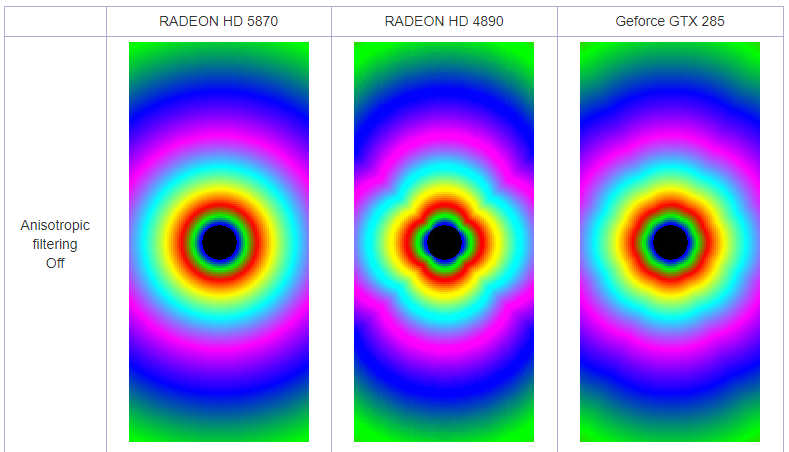I switched last week from 1080Ti to V64. After clearing cache and settings, went to play World of Tanks with everything on max.
My first observation was that all trees and bushes looked thicker, with more foliage to the point it was difficult to aim from, yet very beautiful to look at.
Then on the Overlord map, was stunned to see a big thick black smoke on the horizon, like dozens of oil tankers were on fire literally. While on Paris map, the thousands of small windows mirroring draw my attention for first time because it pop out
I thought probably wrong, went to the laptop (GTX1060 6gb) and run the game with maxed out settings and went to the training mode.
The bushes and trees on same places as above, had half the foliage. While that smoke described above was more likely that someone set a car on fire, not ships burning at the landing of Normandie. As for Paris the mirrors look washed out, not reflecting the light and scene around them.
True the fps on the V64 is less by around 60 (110 over 170-175), but the game details are far better.
Added bonus now, is that I do not have tearing (freesync monitor) half way across the scene. Something that annoyed me with the 1080Ti and the inability to cap the fps in the driver settings.









